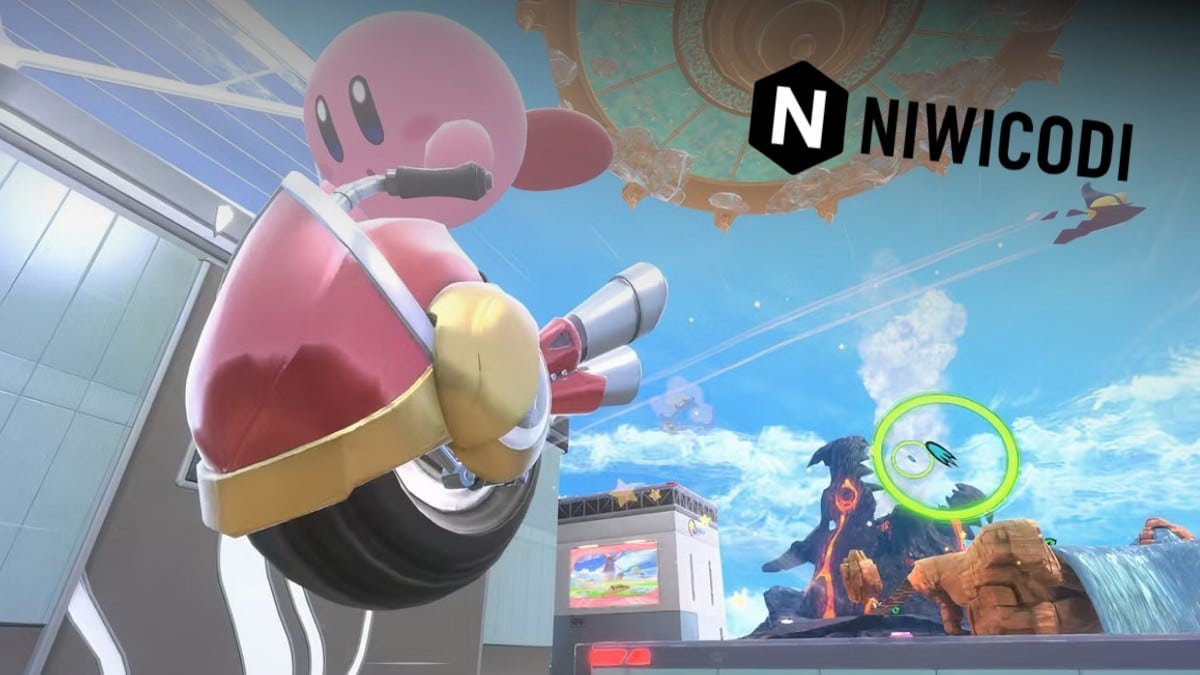In the world of gaming, where complexity often reigns supreme, it’s not every day that a title like “Kirby Air Riders” comes along—one that challenges even seasoned gamers to succinctly capture its essence. This isn’t just a game; it’s a testament to the intricate design philosophies of its creator, Masahiro Sakurai. But what’s really going on under the hood?
The Enigma of Kirby Air Riders
“Kirby Air Riders” is not your run-of-the-mill racing game. It’s a curious blend of simplicity and depth, wrapped in a pastel-colored package that belies its true complexity. At first glance, it might seem like just another entry in Nintendo’s lineup of accessible titles. But look closer, and you’ll find a game that deftly balances easy-to-grasp controls with layers of strategic nuance.
Sakurai’s influence is unmistakable here. Known for his work on the “Super Smash Bros.” series, he brings the same meticulous attention to detail to “Kirby Air Riders.” Take the controls, for instance. They’re deceptively simple—just a single button and an analog stick. Yet, this minimalism is deliberate, focusing players’ attention on mastering the game’s unique mechanics rather than navigating a complex control scheme.
The real magic lies in how these mechanics transform over time. As players progress, they discover a plethora of vehicles, each with distinct handling characteristics and abilities. The dynamics shift with each choice, demanding adaptability and foresight. It’s not just about speed; it’s about understanding the subtleties of each ride and how to exploit them to gain an edge. To read 007 First Light Unveils Ultra-Rare Aston Martin in Game
And then there’s the multiplayer aspect—a cornerstone of its replayability. Sakurai has crafted an experience where chaos and strategy coexist beautifully, making it as much about outmaneuvering opponents as it is about racing to the finish line. The interplay between players adds another layer of unpredictability that keeps things fresh and engaging.
But why does this matter? In an era dominated by hyper-realistic graphics and sprawling open worlds, “Kirby Air Riders” reminds us of the timeless appeal of gameplay-driven design. It doesn’t rely on flashy visuals or complex narratives but instead focuses on creating a pure and enduring gaming experience.
In the end, “Kirby Air Riders” is more than just a game; it’s a reflection of Sakurai’s design philosophy—a celebration of simplicity fused with depth. For those willing to dive beneath its surface, it offers a rich tapestry of strategic opportunities waiting to be explored. It’s a reminder that sometimes, the most engaging experiences come from the simplest beginnings.
So as players navigate this colorful world on their star-shaped vehicles, they’re not just racing against time—they’re partaking in a masterclass of game design that champions creativity and innovation at every turn.


